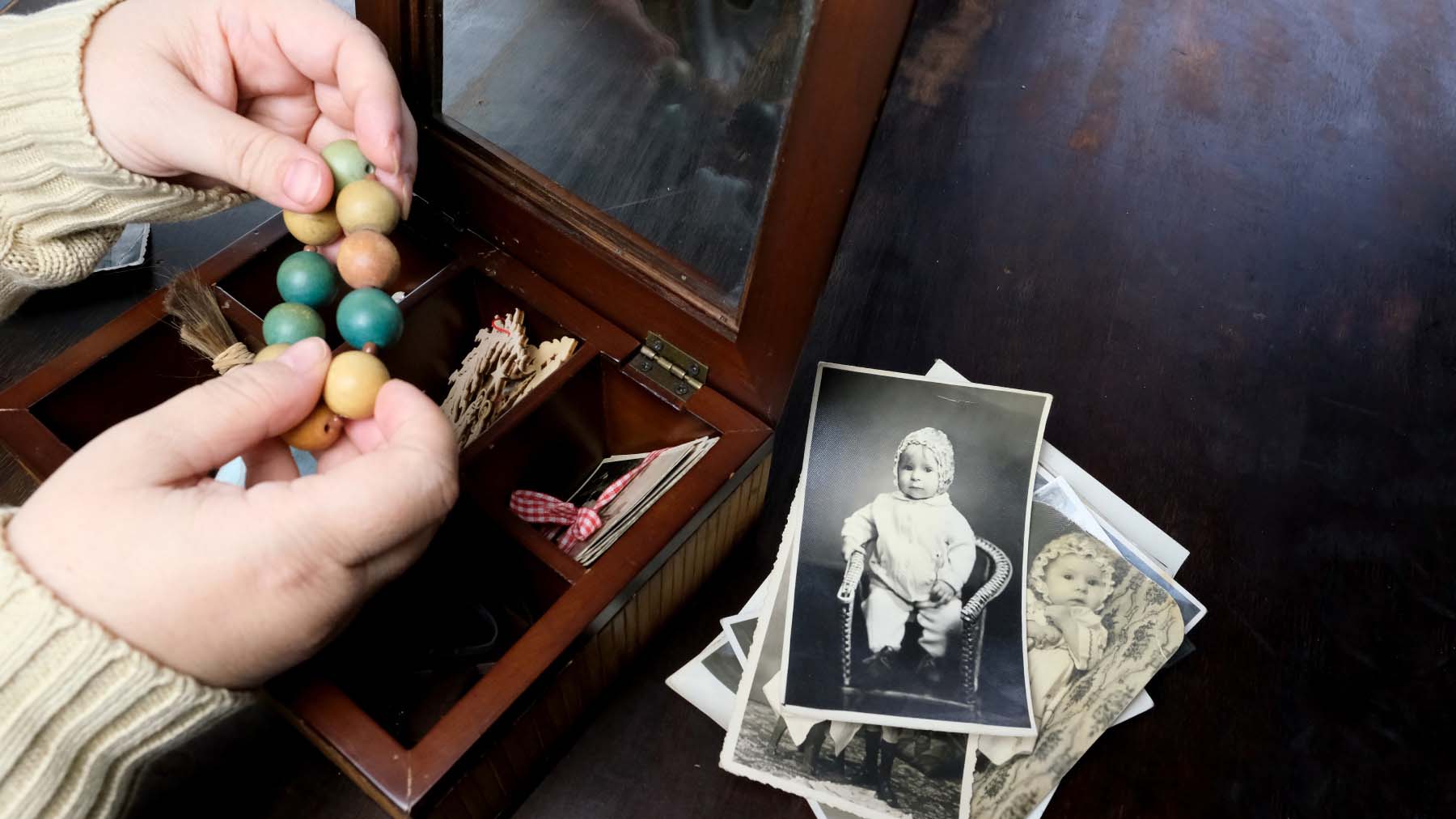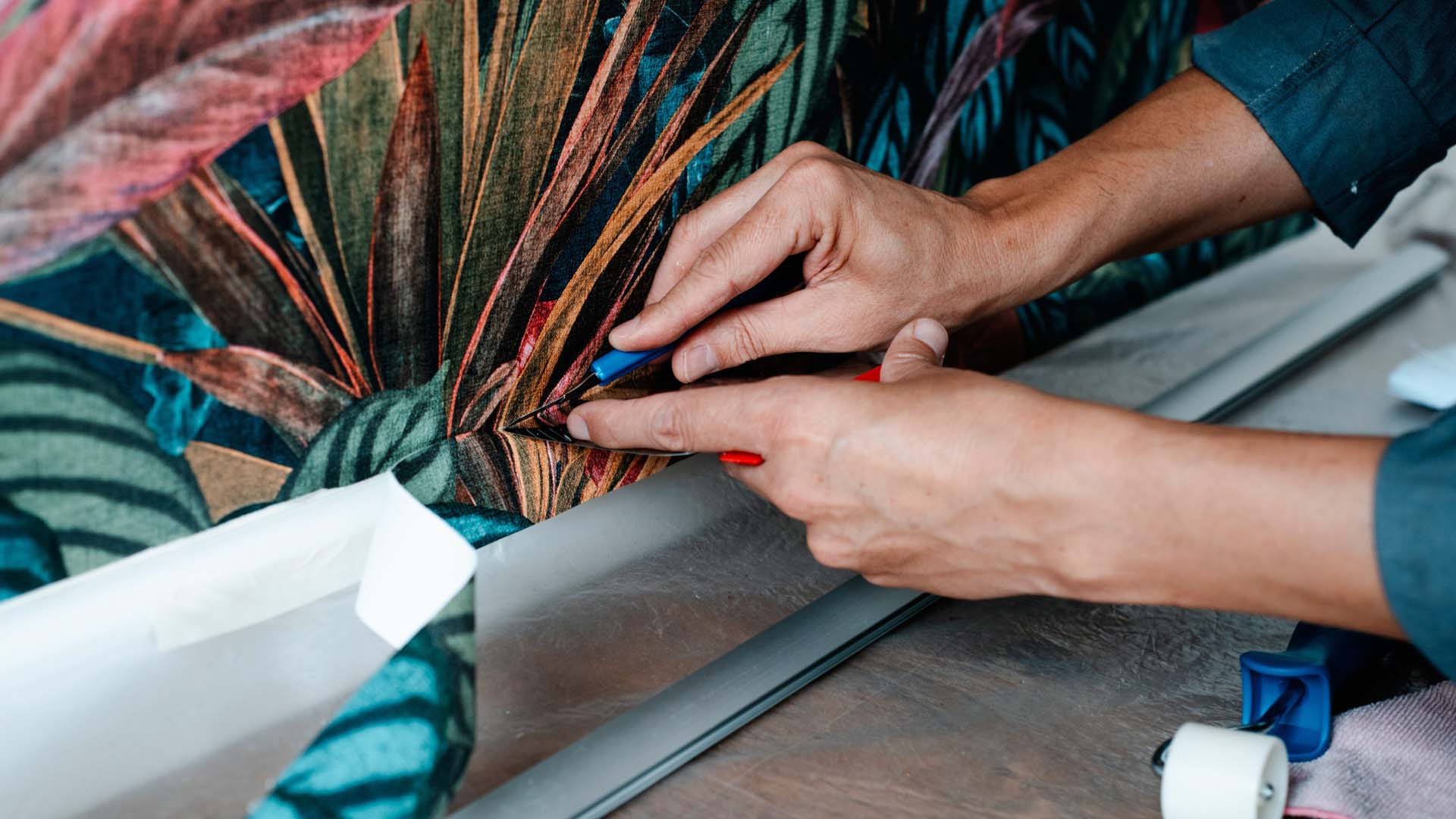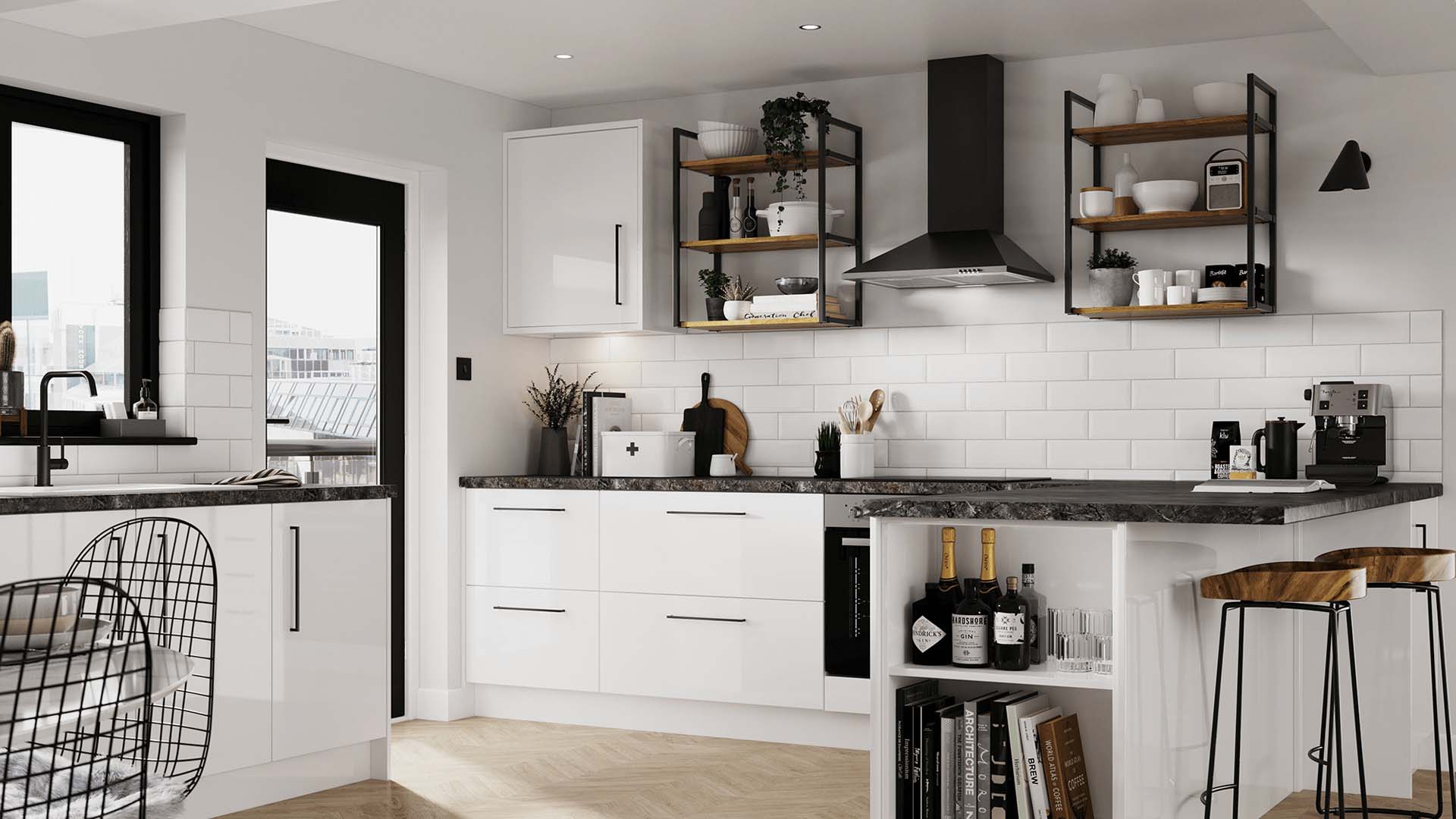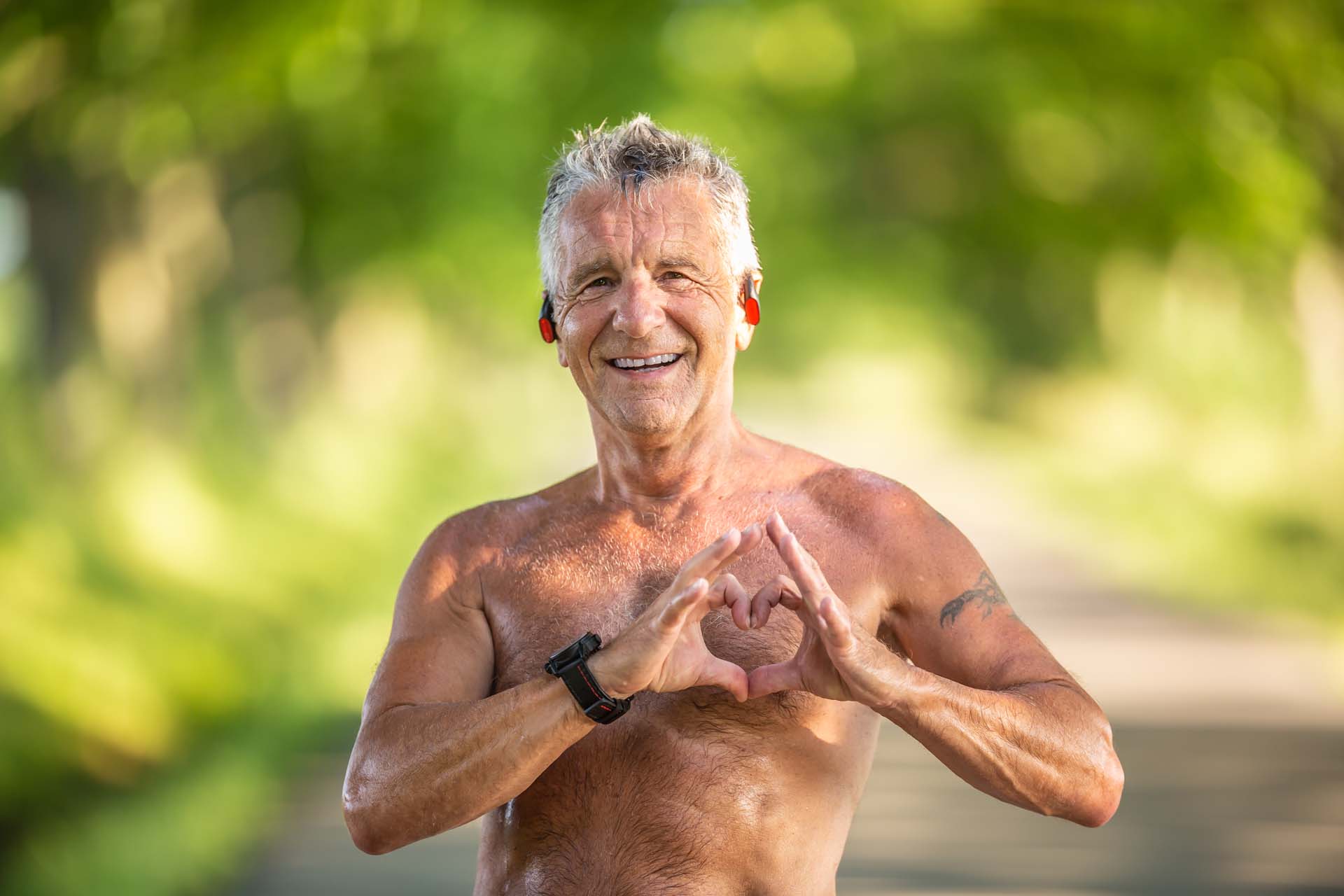
If you’re an older runner and in the market for running tips that will keep you going into your 60s, 70s and beyond, Rich Castro is the type of guru you just can’t help but look up to.
Especially if, like me, you’re an older runner and you want to know how to get the most out of yourself.
I first met Castro in the late 1980s when I was on a training camp in Boulder, a USA running Mecca high up in the Rockies.
He is 15 years older than me and immediately came across as so much wiser and generally more passionate about running.
You couldn’t help but hang on his every word. He has amazing advice on everything from running tips to strength training for runners – and so much more.
And now, almost 40 years on, I see that amazing wisdom is still intact and, more importantly, so is his love of the sport, despite him being, by his own admission, an older runner.
Just as that chance meeting impressed me so much as we ran stride for stride along a mountain trail and chatted about fitness-related topics, his recent running tips on a forum about what makes us tick as older runners are so relevant to us all.
“Training at this age is not an exact science; we're the first generation to be this active at this stage in life,” he says, perfectly (once again) identifying what we’re all about. We’re all different and, as Castro, 75, says, “all experiments of one”.
Older runners are different in a good way. Follow Castro's top tips for an effective running programme.
Is running enough to stay fit? That’s a question that gets asked a lot.
As a youngster, the answer is probably yes but, according to Castro: “As we age, I believe we need to keep all our systems in-line.
"A little strength work, balance and agility exercises, and some alternative cross-training (cycling/swimming) is a good way to stay active and have a programme.”
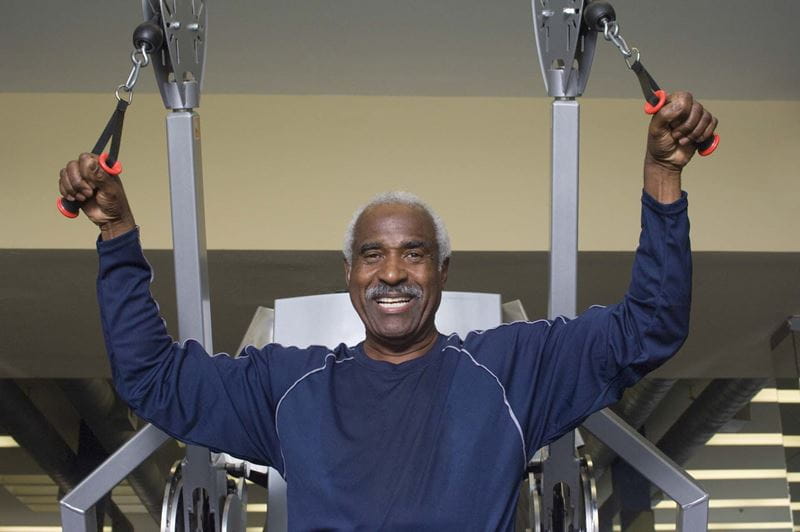
"I don't run on consecutive days. I cross-train on off days,” says Castro. That doesn’t mean he’s slowing down.
"Far from it, in fact. “I use a thera gun (massage gun) as part of my routine. I also have a sauna in my home and take an ice bath post workout.”
"I seldom train on the track much anymore at 75,” says Castro. “It's good for a time trial every now and again but I can get much the same benefits from sticking to trails and softer surfaces."
"If you are planning on racing on the track, then I believe specificity becomes more important.”

“I have been creating training programmes for more than 50 years now, and I know myself and workload responses very well, so I lean on my training diary,” says Castro.
“We are all an experiment of one, so go with what works best for you. Keep good notes about what you do, how you did and how your body responded to the activity. That will tell you a lot.”
Castro is lucky enough to live in the mountains, but we’re all close to parks or dirt paths.
Running on trails helps keep you free of injury, it reduces the repeated pounding effect of harder surfaces and the continually changing angles and stride patterns are all helpful.
Add to that the mental benefits of getting into nature and it makes for a good combination.
Slow runs can be very slow and involve walking and running and long hikes in the hills. Enjoy.
“Running and being active on a daily basis gives me a strong sense of wellbeing,” Castro told Lifetime Running (a great site for those older than 60 who have been running for 25 to 30 years, or more).
“It gives me the energy to enjoy my lifestyle. It also provides me with a sense of community and being connected with family and friends.”
Rachel Ogden is a freelance interiors journalist with decades of experience writing for magazines and websites. As well as reviewing appliances and penning useful articles on everything from tables to paint, she has a fondness for kitchens and bathrooms.
When not writing, you will often find her curled up with a glass of fizz, slice of cake, and a good book.


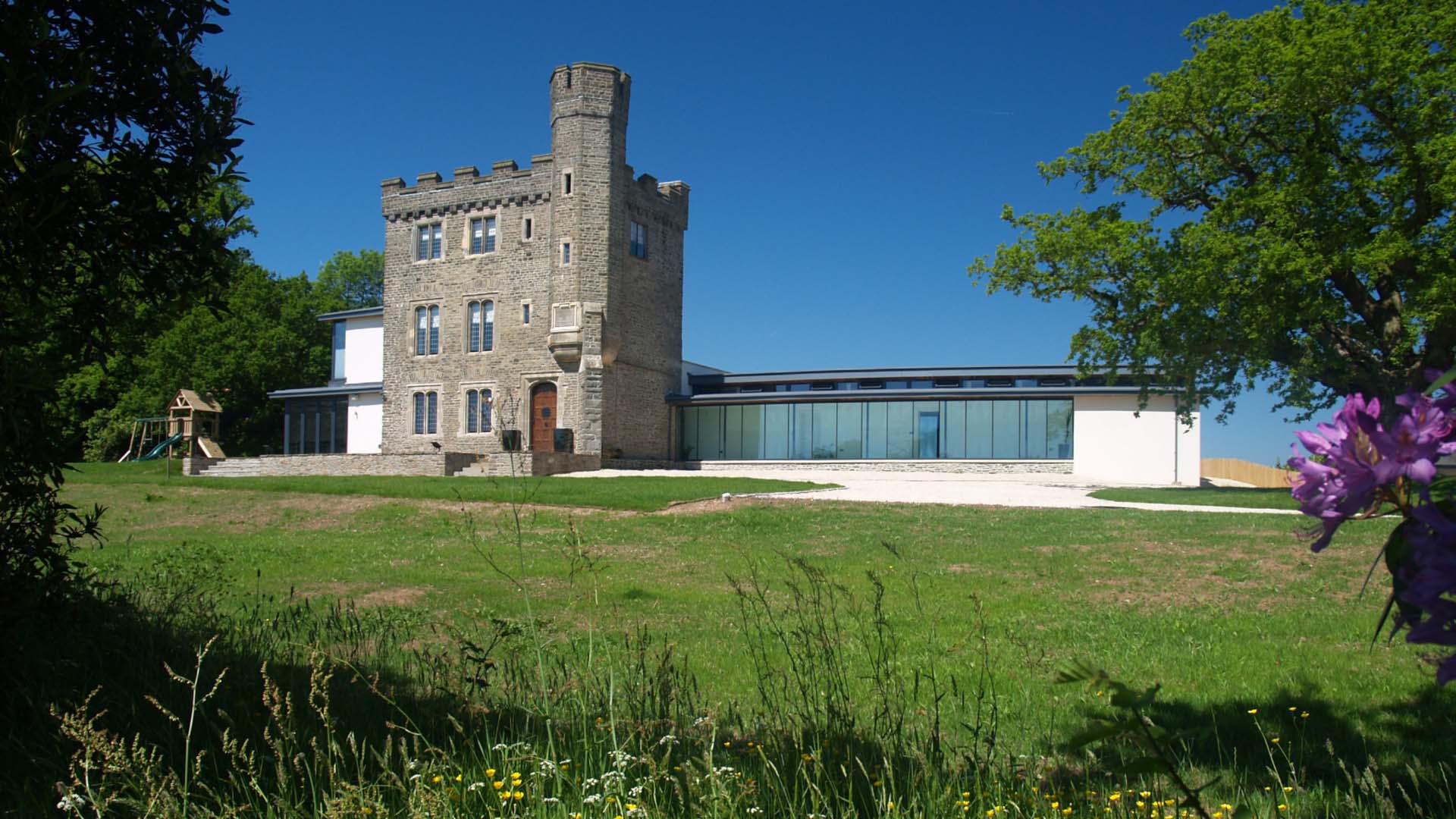
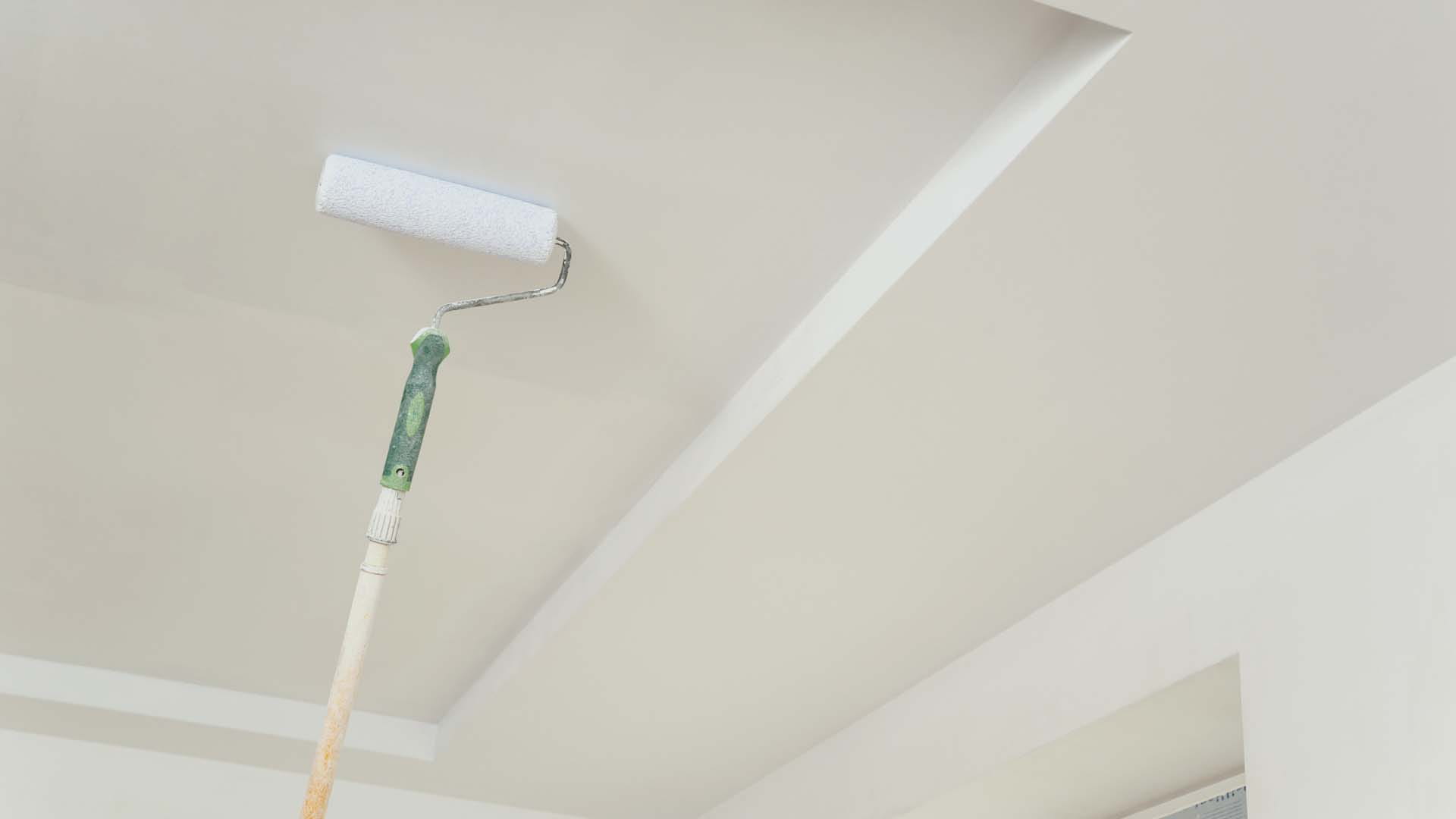
The best advice on preparing and painting your ceiling from a professional.


